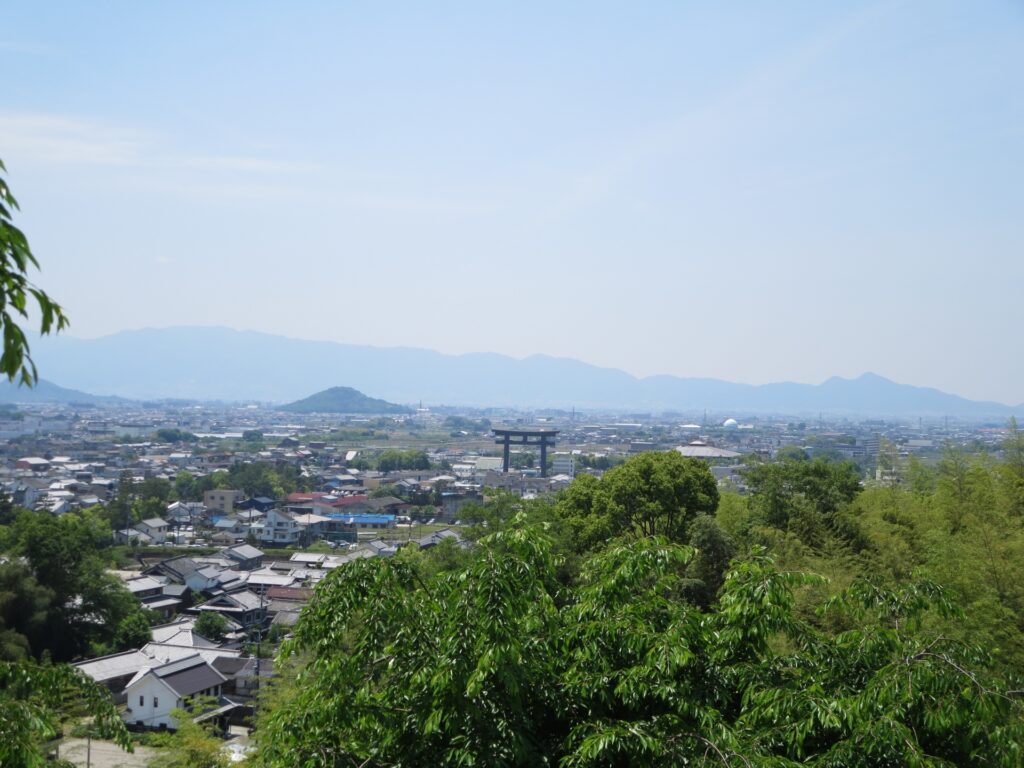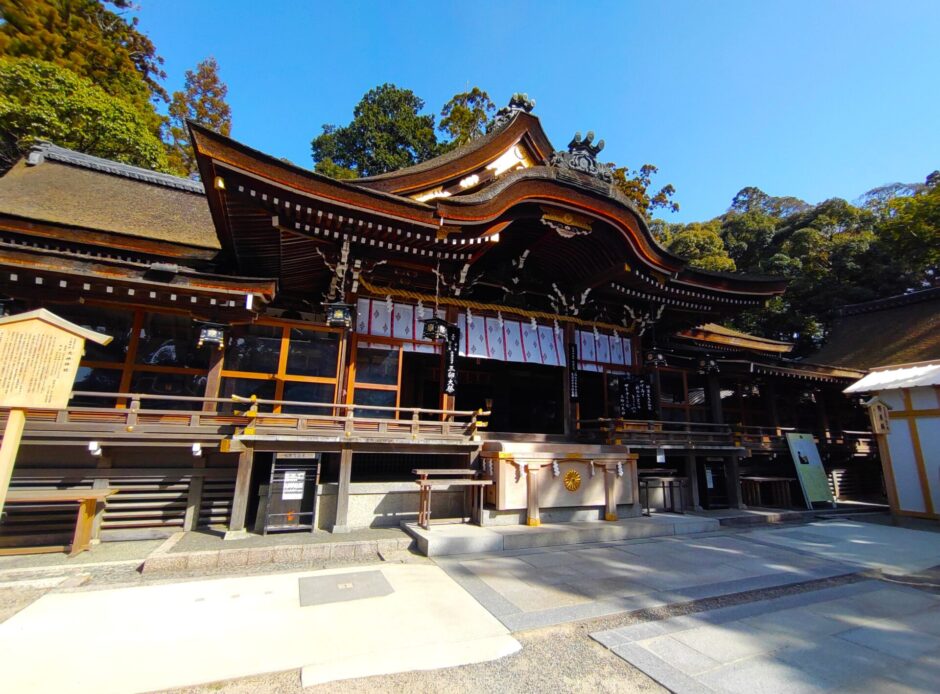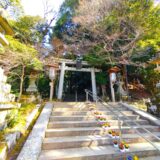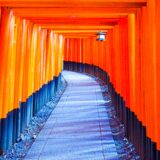【Oomiwa Shrine Summary】
Oomiwa Shrine is the head shrine of “Ookami Shrine,” “Miwa Shrine,” “Miwa Shrine,” and “Miwa Shrine” located throughout Japan. The deity is the Great Mononunushi no Okami, the god of nation-building, agriculture, and agriculture. As the god of nation-building, he is revered as the guardian deity of human life, who is also responsible for the development of agriculture, industry, and commerce, as well as for the prevention of disease, the manufacture of alcohol, the manufacture of medicines, the practice of witchcraft, transportation, navigation, and matchmaking, and for promoting happiness in the world.

Since Mt. Miwa is the sacred body of the shrine, there is only a hall of worship and no main shrine. The shrine is said to be the oldest shrine in Japan, retaining the primitive Shinto form of worshipping toward Mt.
![Oomiwa Shrine [Nara] DSC 0654 2 1024x662 - Oomiwa Shrine [Nara]](https://japan-shrine.info/wp-content/uploads/DSC_0654-2-1024x662.jpg)
The Otorii (Grand Gate) of Ogami Shrine is the second largest torii in Japan and is very impressive when seen up close. It is said to have been made of weather-resistant copper plates to celebrate the 60th year of the Showa Emperor’s reign and to withstand 1,300 years. Incidentally, the largest torii in Japan is located at Kumano Hongu Taisha Shrine, both of which are magnificent.
![Oomiwa Shrine [Nara] kumano hongu taisha oosaihara otorii jp1 160x160 - Oomiwa Shrine [Nara]](https://japan-shrine.info/wp-content/uploads/kumano-hongu-taisha-oosaihara-otorii-jp1-160x160.jpg) Otorii, Oosaihara, sanctuaire Kumano Hongu Taisha [Wakayama].
Otorii, Oosaihara, sanctuaire Kumano Hongu Taisha [Wakayama].
【Oomiwa Shrine scenery】
![Oomiwa Shrine [Nara] DSC 0671 1024x694 - Oomiwa Shrine [Nara]](https://japan-shrine.info/wp-content/uploads/DSC_0671-1024x694.jpg)
The path from the Otorii gate to the torii gate was lined with stalls, which made the walk to the gate enjoyable.
![Oomiwa Shrine [Nara] DSC 0656 2 1024x768 - Oomiwa Shrine [Nara]](https://japan-shrine.info/wp-content/uploads/DSC_0656-2-1024x768.jpg)
As you enter the torii gate, the air feels so different from the outside that you feel a certain boundary that has been properly established and protected for a long time, even though it is a place where people live nearby. The air is clean and the approach to the shrine is pleasant with the scent of trees and the chirping of birds. The very solemn atmosphere and the lively, crowded place were in beautiful harmony, and it was no wonder that there were so many worshippers.
【Oomiwa Shrine precincts】
![Oomiwa Shrine [Nara] DSC 0660 1024x768 - Oomiwa Shrine [Nara]](https://japan-shrine.info/wp-content/uploads/DSC_0660-1024x768.jpg)
The hall of worship is designated as a national important cultural property. It was built in the Kamakura period (1185-1333), and the present building was reconstructed in the Edo period (1603-1868) by the fourth Tokugawa shogun, Ietsuna. Originally, the shrine had no hall of worship and no torii (gate), and seems to have been built in the style of the ancient Shinto religion of nature worship, which worshipped the eight million gods. Therefore, it is one of the oldest shrines in Japan, and the atmosphere of the precincts is distinct from other shrines.
![Oomiwa Shrine [Nara] DSC 0666 2 1024x831 - Oomiwa Shrine [Nara]](https://japan-shrine.info/wp-content/uploads/DSC_0666-2-1024x831.jpg)
A rabbit, a messenger of God, is enshrined in the shrine, and there is a “nade rabbit” that brings blessings when stroked.
【Oomiwa Shrine Access】
Manager’s Comments
It takes about 15 minutes to walk from the first parking lot, but tourists can enjoy the road to the shrine, which has stalls, stores, and clean restrooms. On top of that, there was a solemn atmosphere, and it was a sacred place that purified my body and soul. It was a shrine that made me want to visit again and again. I would like to come back again.
1422 Miwa, Sakurai, Nara 633-0001, Japan
Free parking is available in lots 1 through 6, with the first lot located at the Otorii (Grand Gate) and the sixth lot closest to the shrine.
 Tour of Japanese shrines and temples
Tour of Japanese shrines and temples 

![Oomiwa Shrine [Nara] eb49f9df860a2d73001ddca76f507440 - Oomiwa Shrine [Nara]](https://japan-shrine.info/wp-content/uploads/sng/eb49f9df860a2d73001ddca76f507440.jpg)
![Oomiwa Shrine [Nara] DSC 0643 2 150x150 - Oomiwa Shrine [Nara]](https://japan-shrine.info/wp-content/uploads/DSC_0643-2-150x150.jpg)
![Oomiwa Shrine [Nara] DSC 0163 150x150 - Oomiwa Shrine [Nara]](https://japan-shrine.info/wp-content/uploads/DSC_0163-150x150.jpg)
![Oomiwa Shrine [Nara] DSC 0834 150x150 - Oomiwa Shrine [Nara]](https://japan-shrine.info/wp-content/uploads/DSC_0834-150x150.jpg)
![Oomiwa Shrine [Nara] 25754802 m 150x150 - Oomiwa Shrine [Nara]](https://japan-shrine.info/wp-content/uploads/25754802_m-150x150.jpg)

